Tending Your Inner Fire: A Lenten Practice
Feb 7
/
Terri Conlin

Lent isn’t a welcome season. We don’t capture it in photographs.
Easter is what we photograph like the photo of me and my little sister, her pudgy hand in mine, wearing matching hats and dresses smocked and embroidered by my great grandmother before her hands were too shaky from Parkinson’s.
Lent? I did not grow up observing it. When I considered Jesus’ crucifixion, I remember brief sadness mixed with sharp guilt. But it was quickly swept away by a rush into Easter with gusto, joy, and little white gloves.
Years later, when I married into a different church tradition our community made a slower, more intentional journey toward the cross. It was with ashes smudged on our foreheads and fasting before the hallelujahs of Easter.
At first, my chosen fasts were from TV, caffeine, sugar, or alcohol, particular foods or activities that uncovered deeper hungers for silence, peace, rest, and attentiveness. Later, complete food fasts brought irritability, headaches, foggy thinking and bad breath, especially while packing lunches and cooking for my family. On an empty stomach, I felt sharply my weakness, fears, lonely places, and the ways I was prone to fill them.
Fasting burns away adornments and perishable pursuits. I come face-to-face with my faux self. Like a desert landscape I feel bare and exposed. And that exposure, if I don’t shrink from it, connects me to my true self and others who flourished in deserts - Moses, John the Baptist, and ultimately to Jesus and his vulnerability in the wilderness.
Wild and hungry places reveal that only in Christ is my deepest hunger sated.
Anglican priest and Benedictine oblate, Thomas McKenzie, aptly describes Lent as a desert,
“Lent is about laying down some of our defenses and giving ourselves an opportunity to be formed by God. As in a desert we are unusually vulnerable to nature, so in Lent we are unusually vulnerable to the Lord. [1]
In barren places I see myself more clearly. Clarity can sting. It hurts enough to want to rush to Easter all over again. Yet in the silence and solitude of desert places, I meet the Lamb of God on his way to the altar. He is tender, tough, warm, fiercely generous, and strong in his Father.
He has fire in his eyes, the fire of God calling to Moses from the burning bush, the fiery furnace where a fourth man walked among the flames, and the fire of Jesus’ baptism for us.
Love is pursuing us.
It would be years before I could do anything close to embracing Lent. Even now, I cannot say I easily throw my arms open to it. Still, imagining Jesus in his Lenten desert helps me enter what Henry Nouwen calls “the encounter with the loving God who offers himself as the substance of the new self.”[2]
It is not my practice or my grit but Jesus’ abiding companionship that flowers like a flame, bright at first, and then in slow-burning embers nestled in ash. Ash I only receive with fire - fire that exposes the precious and imperishable. Lent is our invitation into the desert to tend our inner fire for God.
Here is a simple practice, an invitation to stoke your God-fire during Lent.
Every day for forty days, strike a match.
Be present to the sound of the strike, the spark, that moment the flame flowers blue. Light the candle here but don’t blow out the match. Notice the following ember, a lingering scent and curl of smoke, the blackened bent in the matchstick.
Drop the spent match into a jelly jar as a reminder of all you hope to burn away with each match strike: busyness, bossiness, blindness, perfection, control, fear, being right, unforgiveness, worry, scarcity, chaos, advice-giving – all the parts of your false self.
Welcome smudges from the burned-out match. Let the ash remind you to grieve ways you have tried to shape yourself instead of letting God shape you.
Gunilla Norris in her book, “Match”, writes,
Striking a little match each day
is both ludicrous and holy.
It is a tiny passionate act
and brings our deep longings
to Love’s great furnace.
It is a prayer.[3]
Lent is a recurring invitation to remember our only true source of identity - the Man of Sorrows, Lamb of God, Light of the World. As life would have it, our desert seasons may not always coincide with Lent. We are called to tend fires in deserts at other times for ourselves and others. As Henri Nouwen reminds us,
”Our first and foremost task is faithfully to care for the inward fire so that when it is really needed it can offer the warmth and light to lost travelers.”[4]
Consider Matthew 4:1-11 for reflection:
How did Jesus face his extreme hunger in the desert?
Describe your inner fire. What is your discipline for tending it?
How is God shaping you in the desert?
Notes:
1 McKenzie, Thomas. Lent with the Desert Fathers. Nashville: Colony Catherine, 2019, 7.
2 Nouwen, Henri. The Way of the Heart. New York: Harper Collins, 1981, 26.
3 Norris, Gunilla. Match - Bringing Heart and Will into Alignment. Stonington: Homebound Publishing, 2014.
4 Nouwen, Henri. The Way of the Heart. New York: Harper Collins, 1981, 55.

Terri Conlin
Terri Conlin is a certified Spiritual Director, writer, and occasional preacher. She has a BA in Architecture from the University of Texas at Austin and a MA in Spiritual Formation from Portland Seminary. She thrives when creativity and resilience flourish together in God’s sheltering places. Terri and her husband live among the rainy firs of Oregon. They have four grown children and seven feisty grandchildren she calls the Wonders. Most days you can find her outside walking or writing about spiritual formation while sipping dark roast coffee in a thrifted mug. https://www.terriconlin.com/
Terri Conlin is a certified Spiritual Director, writer, and occasional preacher. She has a BA in Architecture from the University of Texas at Austin and a MA in Spiritual Formation from Portland Seminary. She thrives when creativity and resilience flourish together in God’s sheltering places. Terri and her husband live among the rainy firs of Oregon. They have four grown children and seven feisty grandchildren she calls the Wonders. Most days you can find her outside walking or writing about spiritual formation while sipping dark roast coffee in a thrifted mug. https://www.terriconlin.com/

